by SARA IPATENCO Aug. 13, 2015

Many children enjoy listening and moving to music. Integrating some music and movement activities into the lives of young children can teach them new skills as well as help them to appreciate the arts. According to Jerry Storms, author of "101 Music Games for Children: Fun and Learning with Rhymes and Songs," interacting with music allows children to take a break from traditional learning and encourages them to think and learn in new and different ways. Playing games and doing a variety of activities along with music will help children master musical concepts and get some exercise at the same time.
Step 1
Play music and encourage children to dance freestyle. Use a variety of different types of music and show children some different ways to move to the music. Demonstrate ballet moves for slow music and air guitar for faster songs.
Step 2
Give children musical instruments and show them how to play them. Teach children how to march around the room in a parade or marching band formation as they play their instrument. Illustrate how to walk or march to a beat.
Step 3
Teach children songs and actions. Actions can add depth to a song and will motivate many children to participate in singing, write William M. Anderson and Joy E. Lawrence, authors of "Integrating Music into the Elementary Classroom." Make up actions to popular children's songs and invite children to make up their own as well.
Step 4
Show children how to chant in order to teach them the beat. Make up some chants and teach children to clap to the beat. Encourage children to stomp their feet, sway, wave their arms or march in place once they have mastered clapping to the beat.
Step 5
Play musical games that include movement. Try playing a game such as "Freeze Dance," which encourages children to dance until the music stops, when they are supposed to freeze, recommends Storms. Gather many different instruments and have each child try to imitate a sound an animal makes while acting out the animal. Invite the other children to guess what animal is being imitated.
Things You'll Need
Music CDs
Musical instruments
Tips
If you do not have access to instruments, try making some with your children. Try filling a coffee can with dried beans or using paper towel tubes as trumpets. Empty boxes and wooden spoons make good drums, writes Storms, as do dried gourds.
Warnings
When using musical instruments, make sure you teach children how to use them before allowing them to play so your instruments do not get broken, cautions Storms.













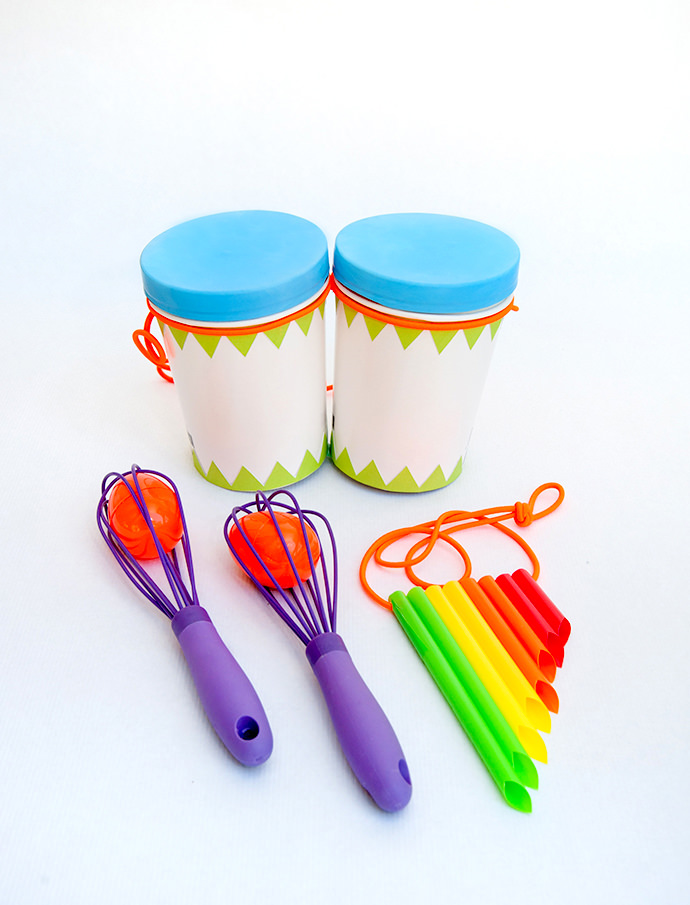
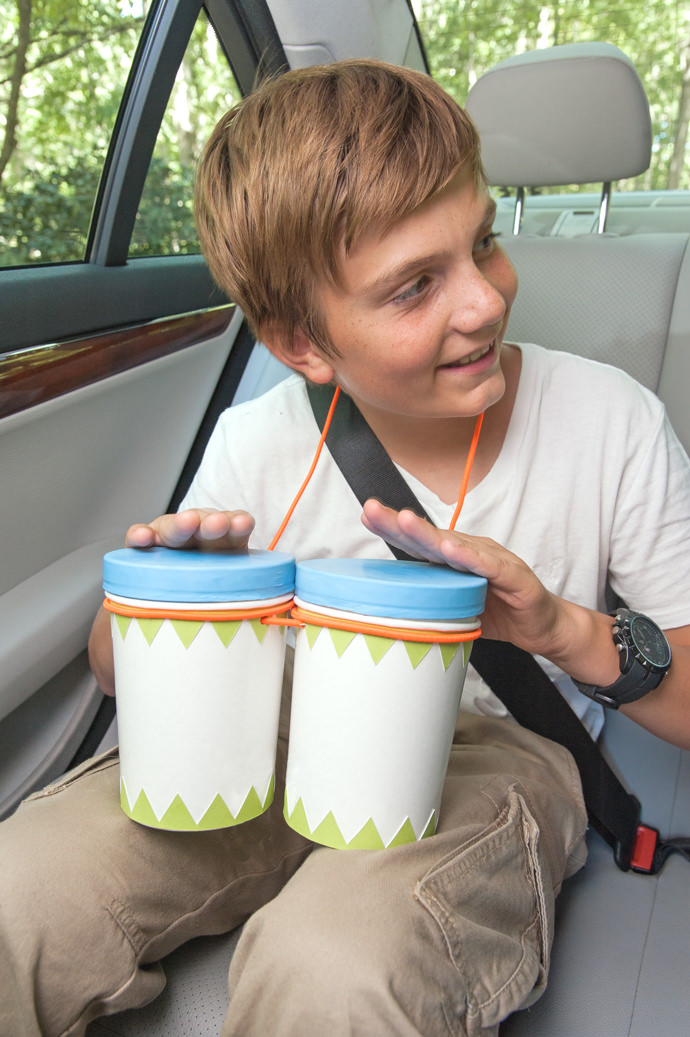
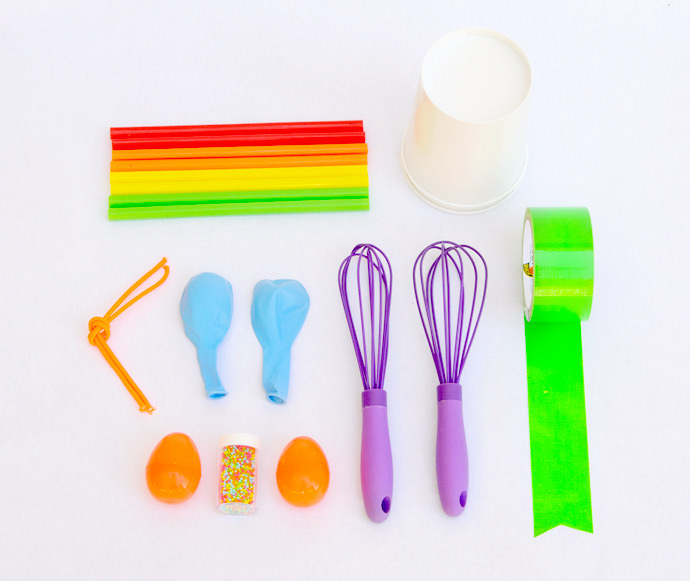
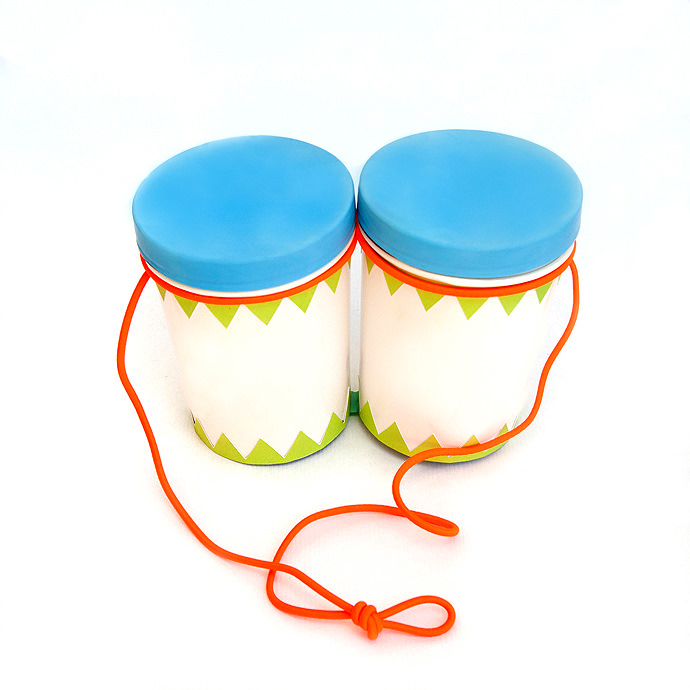
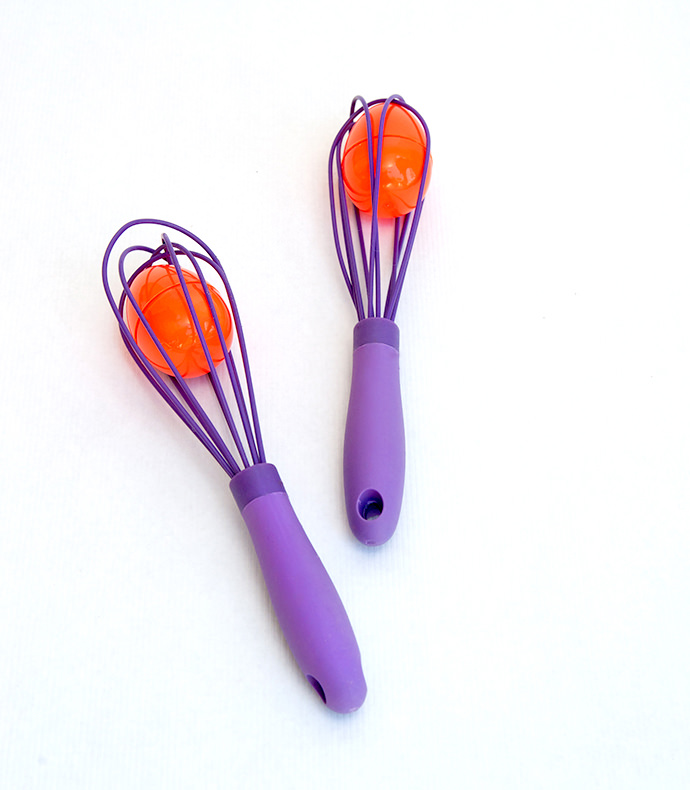
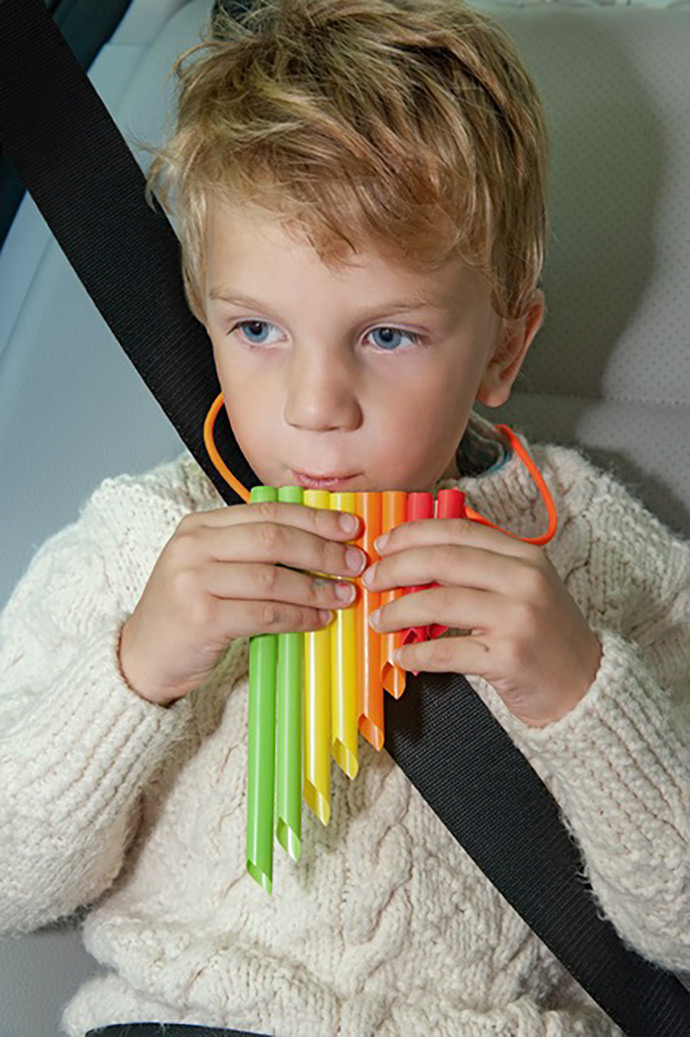
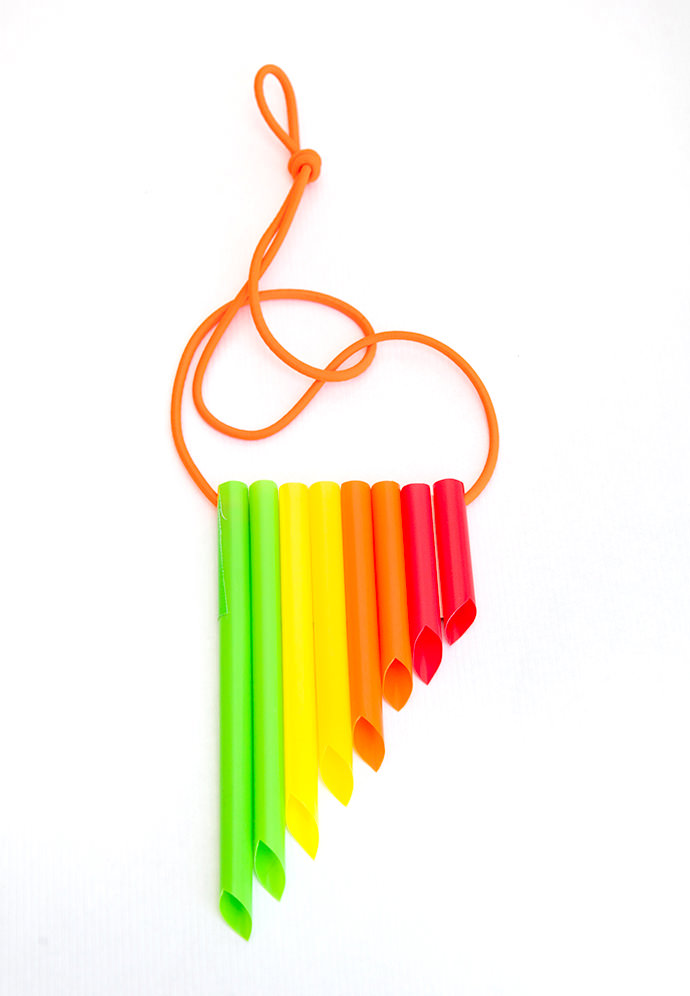
 The
The